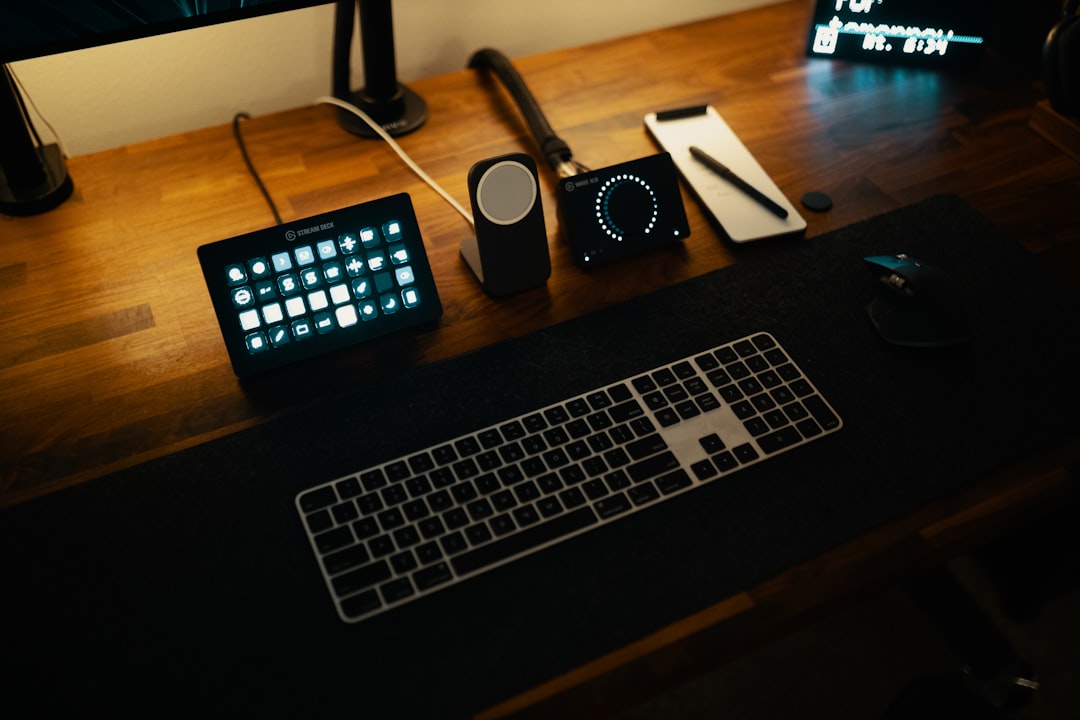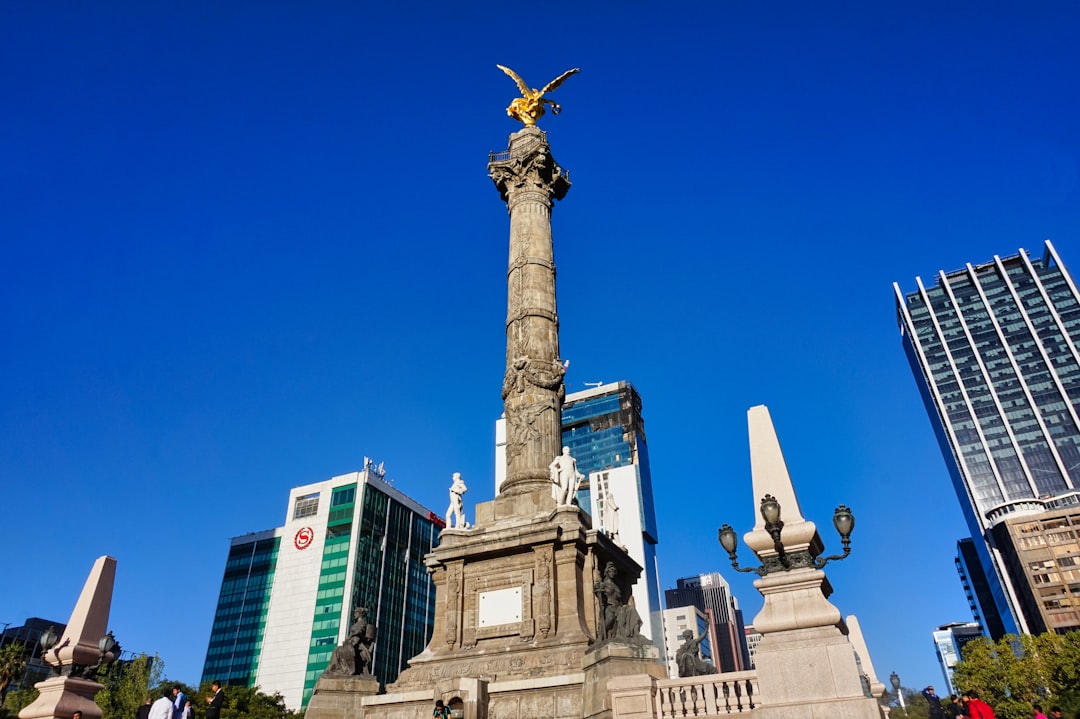Building Your Nomad Toolkit From Scratch

Introduction
Starting a nomadic lifestyle can feel like stepping into an adventure with no map. The most empowering way to navigate that unknown is to create a toolkit that fits your unique goals, budget, and travel style. A well‑thought‑out kit does more than keep you comfortable; it reduces stress, saves money, and lets you focus on experiences rather than logistics. This guide walks you through every essential category, explains how to choose items that serve multiple purposes, and shows you how to assemble a kit from scratch without buying unnecessary gear.
Core Gear Categories
Before you dive into specific products, it helps to break down the kit into broad categories. Each category addresses a fundamental need of the nomadic lifestyle. Think of these as the pillars that support your journey.
- Shelter and mobility
- Power and connectivity
- Clothing and personal comfort
- Health, safety, and hygiene
- Documentation and finances
- Digital productivity tools
- Sustainable and adaptable accessories
By evaluating each pillar, you can spot gaps, avoid redundancy, and prioritize spending where it matters most.
Shelter and Mobility
Choosing the Right Backpack
Your backpack is the foundation of your nomad kit. It carries everything else, so comfort, durability, and organization are non‑negotiable.
Key considerations
- Capacity: 30‑45 liters is a sweet spot for most long‑term travelers. Smaller packs keep you minimalist, larger packs allow for seasonal gear.
- Frame type: Internal frames provide better load distribution, while external frames are easier to repair in the field.
- Material: Look for ripstop nylon or polyester with a high denier count. Water‑resistant coatings add protection without the weight of a full‑proof shell.
- Access points: Top‑loading, front‑loading, and side‑loading options affect how quickly you can reach gear. A front‑loading system is often the most convenient for frequent rummaging.
Recommended models
- A lightweight internal‑frame pack with a compression strap system.
- A modular travel pack that can be expanded with zip‑on daypacks.
Portable Shelter Options
If you plan to camp, hike, or stay in remote locations, a compact shelter is essential.
- Ultralight tarp: A 9‑by‑12 foot ripstop tarp with reinforced grommets can serve as a shelter, rainfly, or groundsheet.
- Camping hammock: Choose a hammock with built‑in bug netting and a rainfly for versatile use.
- Compact tent: For colder climates or group travel, a two‑person freestanding tent with a quick‑setup pole system works well.
When space is at a premium, a tarp can double as a groundsheet for your backpack or a makeshift privacy screen in hostels.
Power and Connectivity
Staying charged and connected is a lifeline for modern nomads. A robust power strategy prevents the panic of a dead phone or laptop in an unfamiliar city.
Solar Chargers vs. Power Banks
- Solar panels: Flexible, foldable panels of 15‑30 watts can keep a power bank topped up during daylight. They are ideal for longer stays in sunny regions.
- Power banks: Look for a capacity of 20,000 mAh or higher, with USB‑C Power Delivery for fast laptop charging.
A hybrid approach—solar panel paired with a high‑capacity power bank—covers most scenarios.
Universal Travel Adapters
Electrical outlets vary worldwide. A single, high‑quality universal adapter with surge protection and USB ports eliminates the need to carry multiple plug types.
Connectivity Tools
- SIM‑free smartphone: Allows you to purchase local eSIMs or data plans without unlocking hassles.
- Portable Wi‑Fi hotspot: A compact device that can share a data plan across multiple devices, useful for coworking spaces or group travel.
Clothing and Personal Comfort
Clothing is the most personal part of your kit. Choose items that adapt to temperature swings, cultural expectations, and activity levels.
Building a Capsule Wardrobe
- Base layers: Merino wool t‑shirts and long‑sleeve tops manage moisture and odor.
- Mid layers: A lightweight fleece or soft‑shell jacket provides warmth without bulk.
- Outer layer: A waterproof, breathable shell with a hood protects against rain and wind.
- Bottoms: Convertible travel pants that zip off into shorts, plus a pair of quick‑dry leggings for comfort.
- Footwear: One pair of sturdy, waterproof hiking shoes, one pair of lightweight sneakers, and a pair of flip‑flops or sandals for showers.
Packing Fabrics
- Merino wool: Naturally antimicrobial, regulates temperature, and packs small.
- Nylon and polyester blends: Durable, quick‑dry, and resistant to abrasion.
- Spandex blend: Adds stretch for movement and comfort.
Accessories
- Travel scarf or buff: Multipurpose for sun protection, warmth, or as a makeshift mask.
- Packable rain poncho: Stows into a pocket and can double as a groundsheet.
- Compression socks: Useful for long flights or bus rides to improve circulation.
Health, Safety, and Hygiene
Staying healthy on the road is a blend of preparation, smart choices, and having the right tools at hand.
First‑Aid Essentials
- Basic supplies: adhesive bandages, sterile gauze, antiseptic wipes, tweezers, and pain relievers.
- Prescription meds: Keep a month’s supply, plus a copy of the prescription in case you need a refill abroad.
- Travel‑specific items: Oral rehydration salts, anti‑diarrheal medication, and a small bottle of water purification tablets.
Personal Hygiene Kit
- Biodegradable soap bar or travel‑size liquid soap.
- Toothbrush with a foldable head, travel toothpaste, and dental floss.
- Quick‑dry towel made of microfiber.
- Reusable travel bottle for water and a collapsible wash basin for rinsing.
Safety Gear
- RFID‑blocking passport holder and credit‑card sleeve.
- Small, lightweight personal alarm or whistle.
- Compact door alarm for hostel rooms.
Documentation and Finances
Paperwork can become a nightmare if not organized. Treat your documents like a digital wallet—secure, accessible, and backed up.
Passport and Visas
- Store the original passport in a waterproof travel pouch.
- Keep photocopies of the passport’s data page and visa stamps in a separate folder.
- Use a secure cloud service to scan and store digital copies accessible from any device.
Financial Tools
- Primary card: A no‑foreign‑transaction‑fee debit or credit card with chip‑and‑pin capability.
- Backup card: A second card from a different bank in case one is blocked.
- Digital wallet: Set up Apple Pay, Google Pay, or another mobile payment system for contactless purchases.
Expense Tracking
- Use a simple spreadsheet or budgeting app that works offline.
- Keep a small cash envelope for each region’s currency to avoid constant ATM trips.
Digital Productivity Tools
For many nomads, work is the reason they travel. A reliable digital setup enables you to stay productive anywhere.
Laptop vs. Tablet
- Laptop: A lightweight ultrabook with at least 8 GB RAM, SSD storage, and a full keyboard is ideal for heavy tasks.
- Tablet: A high‑end tablet with a detachable keyboard serves as a secondary device for reading, light editing, or entertainment.
Software Essentials
- Cloud storage (Google Drive, Dropbox, or OneDrive) for file backup.
- VPN service for secure connections on public Wi‑Fi.
- Project management tools (Trello, Asana) and communication platforms (Slack, Zoom).
Peripheral Gear
- Portable USB‑C hub with HDMI, Ethernet, and USB‑A ports.
- Compact Bluetooth mouse and a foldable laptop stand.
Minimalist Packing Strategies
Packing efficiently reduces physical strain and mental clutter. Adopt these tactics to keep your kit lean.
The 3‑Box Method
- Essential box: Items you need daily—phone, wallet, keys, and a change of clothes.
- Core box: Gear you use regularly—backpack, laptop, toiletries, and a few spare outfits.
- Optional box: Extras for specific trips—specialized equipment, souvenirs, or seasonal gear.
Only pack the contents of the first two boxes for a typical month‑long stay. The third box travels only when the itinerary demands it.
Packing Cubes and Compression Bags
- Use packing cubes for each clothing category (tops, bottoms, underwear).
- Compression bags for bulky items like jackets or sleeping bags help save space, but avoid over‑compressing breathable fabrics.
The One‑Item Rule
If an item can serve two distinct functions, keep only the version that does both well. For example, a merino wool shirt works as a base layer and can double as a sleep shirt, eliminating the need for a separate night‑time top.
Maintaining and Upgrading
A toolkit is a living system. Regular maintenance extends the life of each component and signals when upgrades are necessary.
Routine Checks
- Backpack: Inspect seams, straps, and zippers monthly. Clean the fabric with a mild detergent and let it air dry.
- Electronics: Keep software updated, run virus scans, and store devices in a padded sleeve when not in use.
- Clothing: Wash garments according to fabric instructions, and replace items that develop holes or lose elasticity.
Repair Kits
Carry a small repair kit containing:
- Needle and thread (nylon or polyester).
- Duct tape or fabric repair tape.
- Multi‑tool with knife, screwdriver, and pliers.
- Spare buckles or strap connectors for the backpack.
These items allow you to fix minor issues on the road, saving both money and downtime.
Sustainability
Traveling responsibly means reducing waste and supporting local economies.
Eco‑Friendly Gear Choices
- Opt for products made from recycled materials, such as backpacks with post‑consumer plastic fibers.
- Choose biodegradable soaps and shampoos that won’t pollute waterways.
Zero‑Waste Practices
- Refill a reusable water bottle whenever possible.
- Carry a set of reusable utensils and a collapsible food container for meals on the go.
- Use digital tickets and boarding passes instead of printed copies.
Budget Considerations
Building a nomad toolkit from scratch can be done on a shoestring or a premium budget. The key is to prioritize items that provide the greatest return on investment.
Cost‑Effective Strategies
- Second‑hand market: Look for gently used backpacks, clothing, and electronics on platforms like eBay, Facebook Marketplace, or local thrift stores.
- Seasonal sales: Purchase gear during off‑season sales (e.g., end‑of‑summer clearance for outdoor gear).
- Multipurpose items: Invest in a high‑quality travel jacket that works as a raincoat, windbreaker, and light insulator, eliminating the need for separate pieces.
When to Splurge
- Backpack: A durable, well‑fitted pack reduces injury risk and lasts years, making it worth a higher upfront cost.
- Laptop: If your work depends on processing power, a reliable machine prevents costly downtime.
- Safety gear: High‑quality locks, door alarms, and personal safety devices are essential for peace of mind.
Final Checklist
Before you close your suitcase or zip up your daypack, run through this quick checklist. It condenses the entire guide into a single reference you can keep on your phone or print out.
- Backpack: Proper fit, functional compartments, waterproof cover.
- Shelter: Tarp, hammock or tent based on travel style.
- Power: Solar panel, 20,000 mAh power bank, universal adapter.
- Tech: Laptop or tablet, portable Wi‑Fi hotspot, USB‑C hub, cables.
- Clothing: Merino base layers, convertible pants, waterproof shell, appropriate footwear.
- Health: First‑aid kit, prescription meds, water purification tablets.
- Hygiene: Biodegradable soap, quick‑dry towel, toothbrush kit.
- Safety: RFID‑blocking passport holder, personal alarm, door alarm.
- Documentation: Passport, visa copies, digital backups, travel insurance.
- Finances: Primary card, backup card, digital wallet, cash envelope.
- Productivity: VPN subscription, cloud storage, project management app.
- Repair: Multi‑tool, needle & thread, duct tape, spare straps.
- Sustainability: Reusable bottle, utensils, biodegradable toiletries.
If every item on this list checks out, you are ready to step onto the road with confidence. Remember, the most valuable part of any toolkit is the mindset behind it: flexibility, preparation, and a willingness to adapt. Your kit will evolve as you travel, but the principles outlined here will remain the foundation of every successful nomadic chapter. Safe travels!
Random Posts

Smart Finance and Tax Strategies for Global Nomads
Smart finance and tax tips for digital nomads: banking, payments, compliance and asset protection made simple so you can travel worry free
2 months ago

Mastering Remote Collaboration Across Time Zones with Essential Productivity Tools
Learn how to turn time-zone friction into a competitive edge with proven processes and the top productivity tools that enable seamless async work, clear communication, and unstoppable global teamwork.
2 months ago

Beach and Mountain Nomad Gems Across Latin America
Discover Latin America’s top beach and mountain spots for digital nomads, from Rio’s vibrant coworking hubs and affordable seaside living to hidden mountain retreats that blend fast WiFi, community, and adventure
3 weeks ago

Europe's Top Digital Nomad Havens by Region
Explore Europe's best digital-nomad spots, starting with Lisbon's sunny vibe, affordable living, fast 120 Mbps internet and a one-year visa. Choose Alfama's charm, Baixa's cafes or modern Parque das Nações.
6 days ago

Freelance Success Tips for Remote Workers on the Move
Learn how to thrive as a traveling freelancer: pick the right projects, manage money across borders, stay healthy on the road, and build a supportive nomad network with practical, mobile first habits.
1 month ago
Latest Posts

Essential Software Every Remote Professional Should Use
Master remote work with essential tools: instant messaging like Slack, high definition video calls such as Zoom, and asynchronous voice apps. Streamline communication, stay connected and boost productivity.
1 day ago

Mastering Remote Work Productivity for Digital Nomads and Freelancers
Learn proven habits, tools, and tactics that help digital nomads and freelancers stay focused, deliver quality work, and maintain a sustainable lifestyle while traveling the world.
1 day ago

Tech‑Friendly European Towns Perfect for Remote Living
Discover Europe’s best small towns where fast internet, affordable living and vibrant tech communities let you work remotely while soaking up historic charm, lakeside views or mountain air.
1 day ago